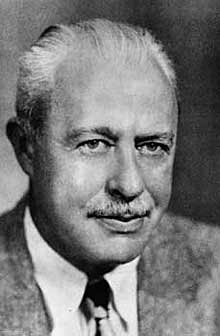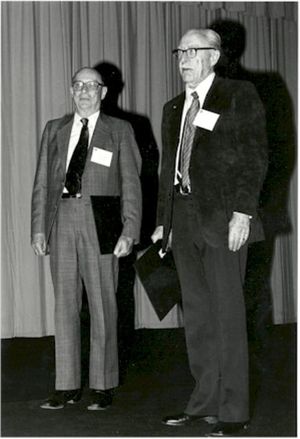Walter H. Brattain
Walter H. Brattain: Biography
Walter Brattain was born in 1902 to Ross and Ottilie Brattain, who were in China where Ross was teaching. Brattain grew up on a cattle ranch in Washington and later claimed that he put his cattle-herding skills to good use when he went to work in large research groups at laboratories.
Brattain attended Whitman College and then the University of Minnesota, where he received his doctorate. His first job was as a radio engineer at the National Bureau of Standards. In 1929 he went to Bell Labs, where he worked on amplification. During World War II he worked on submarine detection in a government-sponsored project.
After the war Brattain was assigned to a new research group that included John Bardeen. The two worked well as a team, since Bardeen was a skilled theoretician and Brattain was a skilled experimenter who could build anything to specification. In December of 1947 Brattain and Bardeen came up with the point-contact transistor. The transistor had the electrical properties of a vacuum tube but was smaller, cheaper, sturdier, and more efficient. William Shockley, head of their research group, quickly improved the transistor and developed the junction transistor. The three shared the Nobel Prize for Physics in 1956.
Brattain retired from Bell Labs in 1967, moved back to Washington, and taught at Whitman College, his alma mater. He died of Alzheimer’s disease in 1987.

